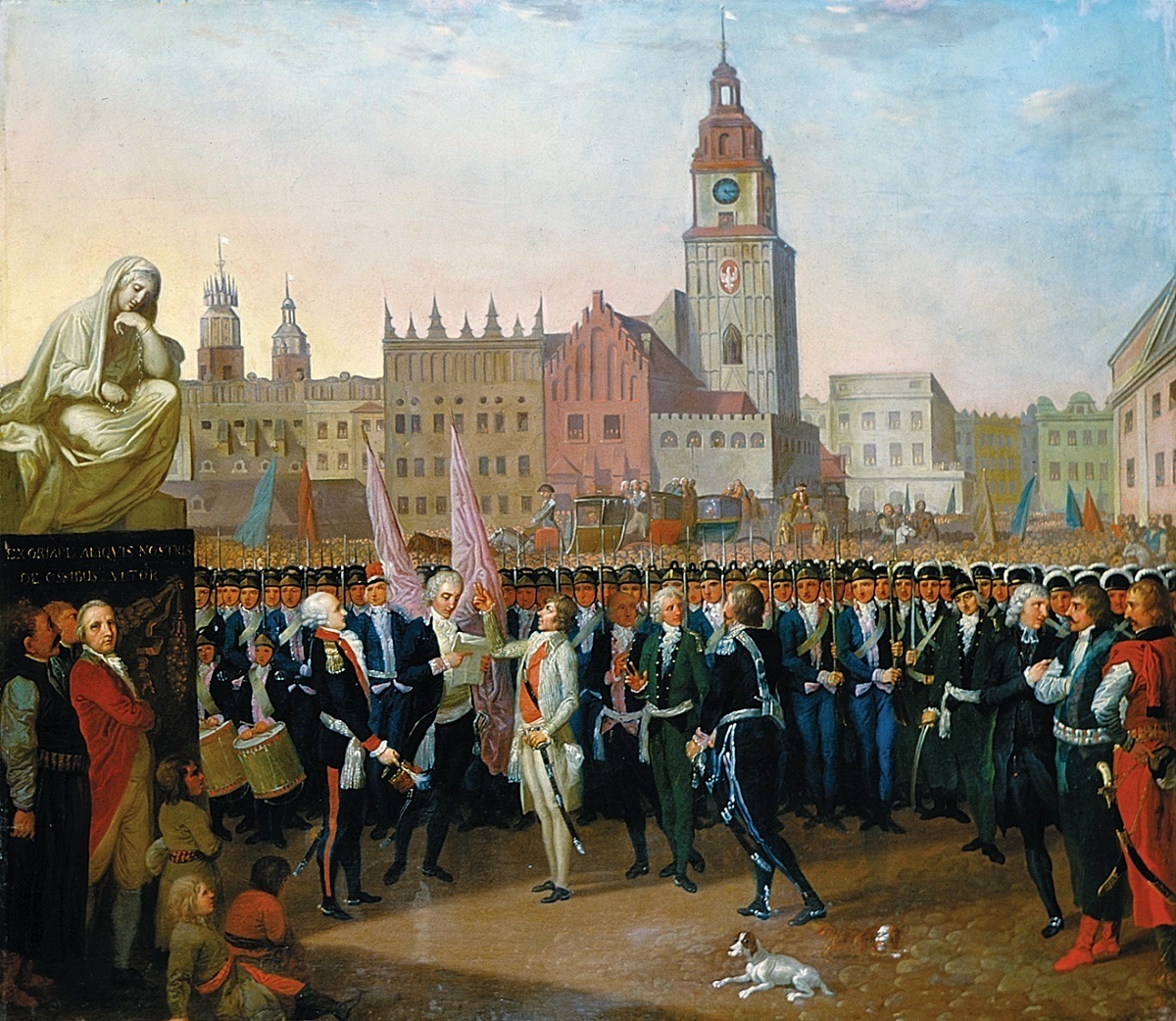|
Ciechanów Voivodeship (1793)
Ciechanów Voivodeship (1793) in Poland was created during the Grodno Sejm in November 23 1793. It was not fully organised because of the start of Kościuszko Uprising in 1794. The Voivodeship consisted of three parts: * Ciechanów Land * Zakroczym Land * Różan Land Różan Land (), named after the town of Różan, was an administrative unit (ziemia) of the Duchy of Mazovia, Kingdom of Poland and the Polish–Lithuanian Commonwealth. With its capital in Rozan, it belonged to Masovian Voivodeship. Rozan Land ... References Volumina legum t. 10 Konstytucje Sejmu Grodzieńskiego z 1793 roku, Poznań 1952 Voivodeships of the Polish–Lithuanian Commonwealth {{Poland-hist-stub ... [...More Info...] [...Related Items...] OR: [Wikipedia] [Google] [Baidu] |
Grodno Sejm
Grodno Sejm (; ) was the last Sejm (session of parliament) of the Polish–Lithuanian Commonwealth. The Grodno Sejm, held in autumn 1793 in Grodno, Grand Duchy of Lithuania (now Grodno, Belarus) is infamous because its deputies, bribed or coerced by the Russian Empire, passed the act of Second Partition of Poland. The Sejm started on 17 June and ended on 23 November 1793. It ratified the division of the country in a futile attempt to prevent its subsequent complete annexation two years later in the 1795 Third Partition of Poland. Background The Sejm was called to Grodno by the Russian Empire after the Polish–Russian War of 1792 ended with the victory of Russia and its allies, the Targowica Confederation, in order to confirm Russian demands. Grodno was chosen for the Commonwealth's capital, as Warsaw was deemed too unsafe for Russians (and indeed it would prove so during the Warsaw Uprising next year). Many of the deputies were Russian supporters (like marshal of the Se ... [...More Info...] [...Related Items...] OR: [Wikipedia] [Google] [Baidu] |
Kościuszko Uprising
The Kościuszko Uprising, also known as the Polish Uprising of 1794, Second Polish War, Polish Campaign of 1794, and the Polish Revolution of 1794, was an uprising against the Russian and Prussian influence on the Polish–Lithuanian Commonwealth, led by Tadeusz Kościuszko in Poland-Lithuania and the Prussian partition in 1794. It was a failed attempt to liberate the Polish–Lithuanian Commonwealth from external influence after the Second Partition of Poland (1793) and the creation of the Targowica Confederation. Background Decline of the Commonwealth By the early 18th century, the magnates of Poland and Lithuania controlled the state – or rather, they managed to ensure that no reforms would be carried out that might weaken their privileged status (the " Golden Freedoms"). Through the abuse of the '' liberum veto'' rule which enabled any deputy to paralyze the Sejm (Commonwealth's parliament) proceedings, deputies bribed by magnates or foreign powers or those sim ... [...More Info...] [...Related Items...] OR: [Wikipedia] [Google] [Baidu] |
Ciechanów
Ciechanów is a city in north-central Poland, seat of the Ciechanów County in the Masovian Voivodeship. As of December 2021, it has a population of 43,495. A city with almost a thousand years of history, recorded in 1065, Ciechanów is one of the oldest and largest cities of northern Mazovia, particularly known for its Middle Ages, medieval castle, brewery, founded in the 18th century, and the science park with the unique Hyperboloid structure, hyperboloid water tower. The city has experienced several foreign invasions and was the site of the publication of Poland's pioneering honey harvesting law in 1559. From 1975 to 1998, it was the Capital (political), capital of the Ciechanów Voivodeship. History The settlement is first mentioned in a 1065 document by Bolesław II the Bold handing the land over to the church. The medieval Gord (archaeology), gord in Ciechanów numbered approximately 3,000 armed men, and together with the region of Mazovia, it became part of the emerging P ... [...More Info...] [...Related Items...] OR: [Wikipedia] [Google] [Baidu] |
Zakroczym
Zakroczym (; ''Zakrotshin'') is a town in the Masovian Voivodeship, Poland. The Vistula River flows through the town. Zakroczym has a long and rich history: in the Kingdom of Poland and the Polish–Lithuanian Commonwealth, it was the capital of an administrative unit (ziemia), part of Mazovian Voivodeship. Also, Zakroczym was a royal town of the Crown of the Kingdom of Poland. The town lies at the intersection of two main roads - national road 62, and national road 7. Name The name of Zakroczym comes from ancient Polish word ''zakrot'', which means river crossing. Originally, the town was located closer to the Vistula river, and was called Kroczym or Kroczyn. Due to numerous floods, Zakroczym was moved to a higher location. History * c. 1155 – first mention of the gord and settlement of Zakroczym, property of Benedictine Monastery from Mogilno, * 8 June 1335 – Mazovian dukes Siemowit II and Trojden I renew here truce with Grand Master of the Teutonic Knights, Dietric ... [...More Info...] [...Related Items...] OR: [Wikipedia] [Google] [Baidu] |
Różan
Różan is a town in Mazovian Voivodeship, northeastern Poland, on the river Narew. National roads National road 60 (Poland), 60 and National road 60 (Poland), 61 intersect in the town. History In the late Middle Ages, Różan emerged as an important trade center of northeastern Mazovia. Enjoying the support of Mazovian Dukes, especially Janusz I of Warsaw, in 1378 it received town charter, and became a capital of a separate province, the Różan Land, Land of Różan. In 1525, Mazovia was directly incorporated to the Crown of the Kingdom of Poland, Kingdom of Poland and became part of the Masovian Voivodeship (1526–1795), Masovian Voivodeship of the Greater Poland Province, Crown of the Kingdom of Poland, Greater Poland Province. Różan became a Royal city in Poland, royal town of the Polish Crown and seat of a starosta. In 1565, the town had 330 houses and a population of about 2,000. It also probably had as many as six churches, and a castle, which guarded the nearby border ... [...More Info...] [...Related Items...] OR: [Wikipedia] [Google] [Baidu] |

